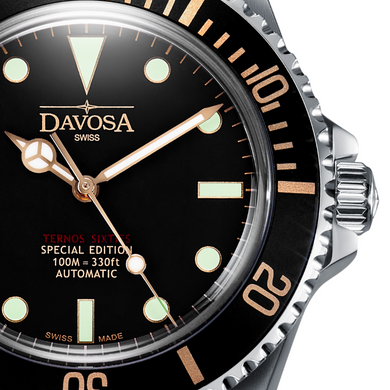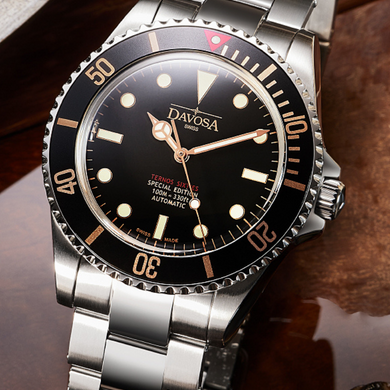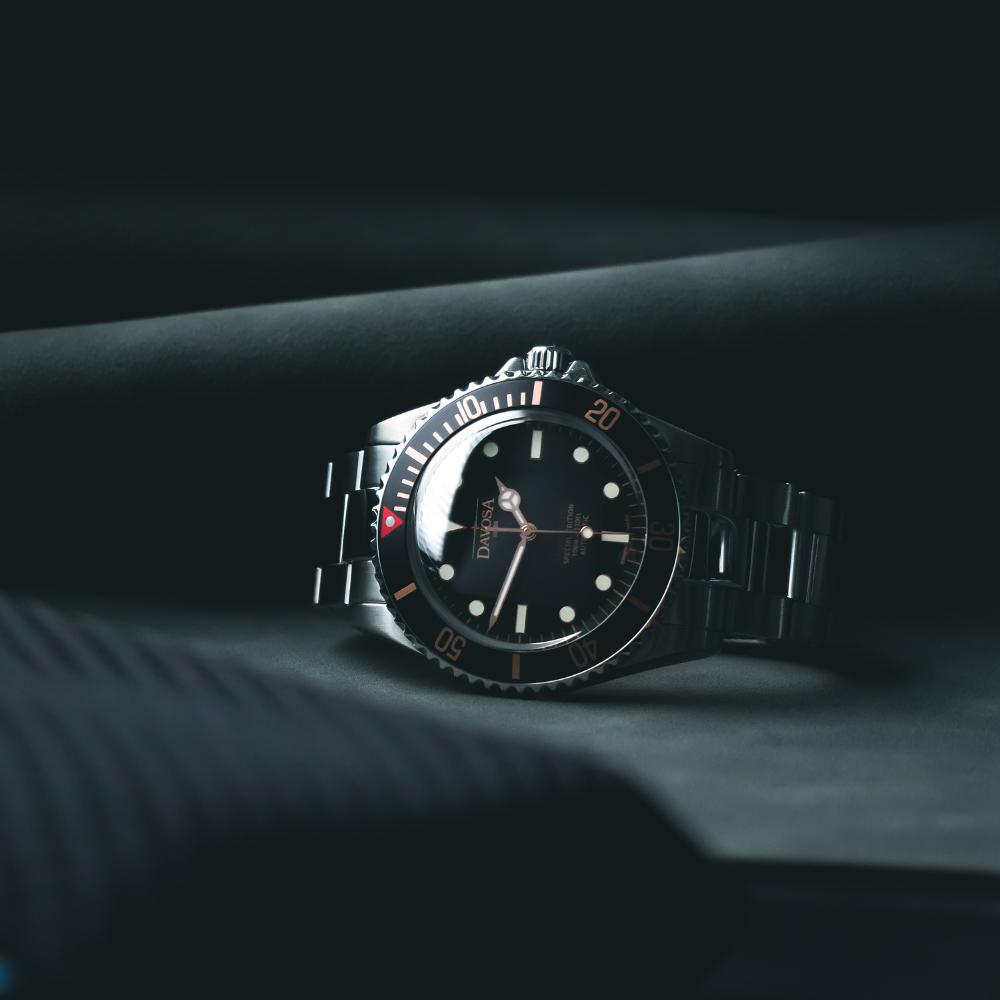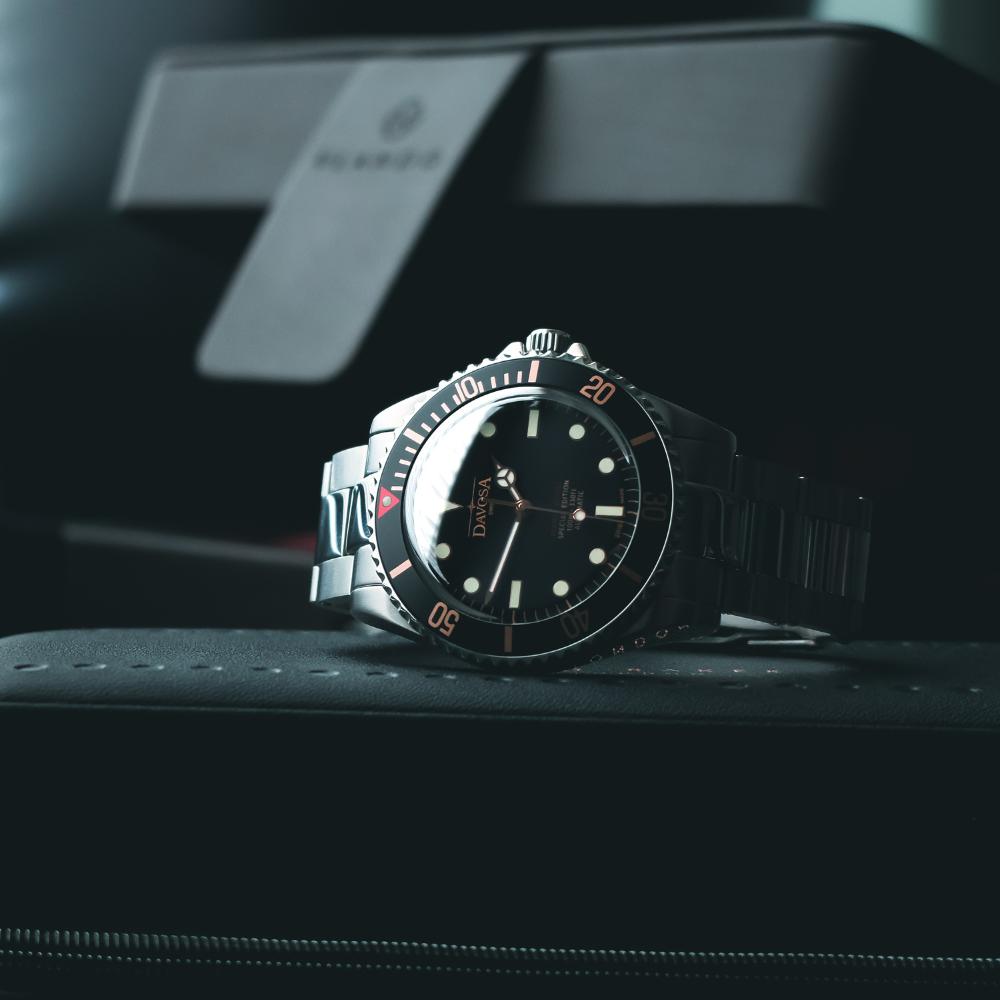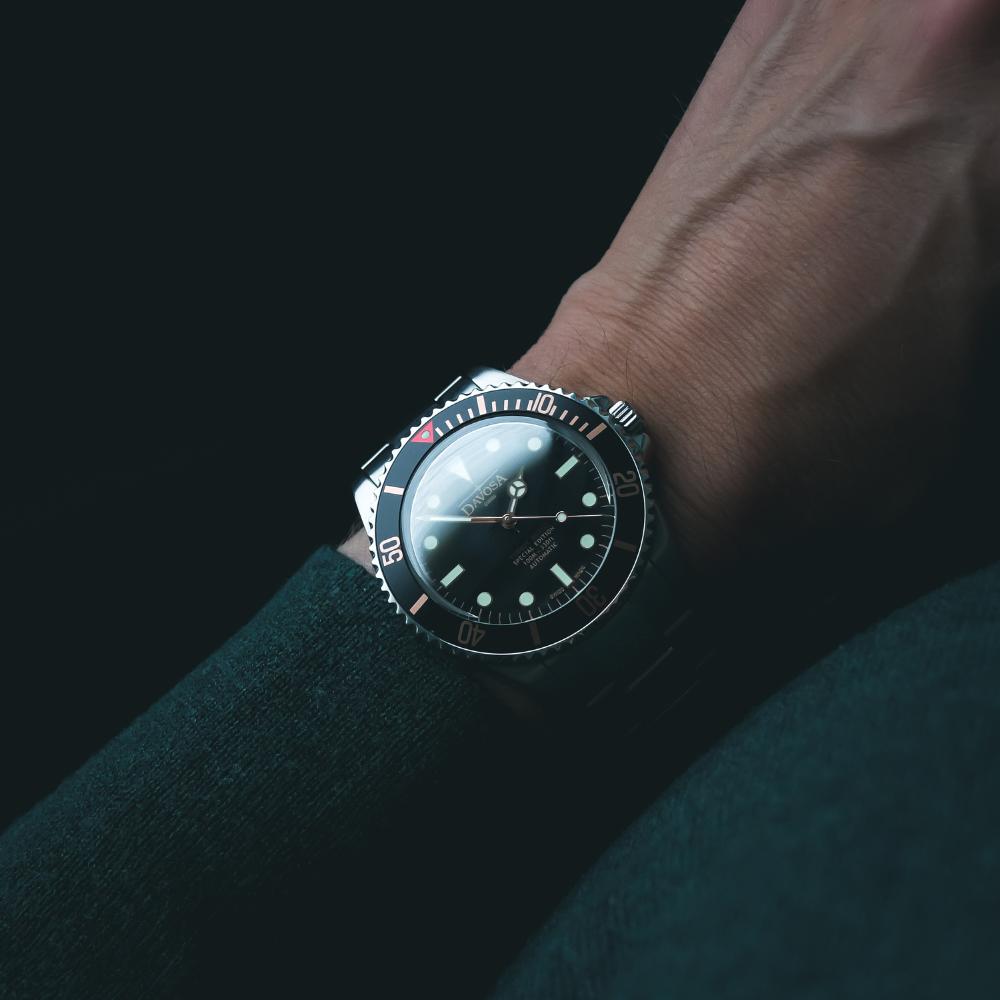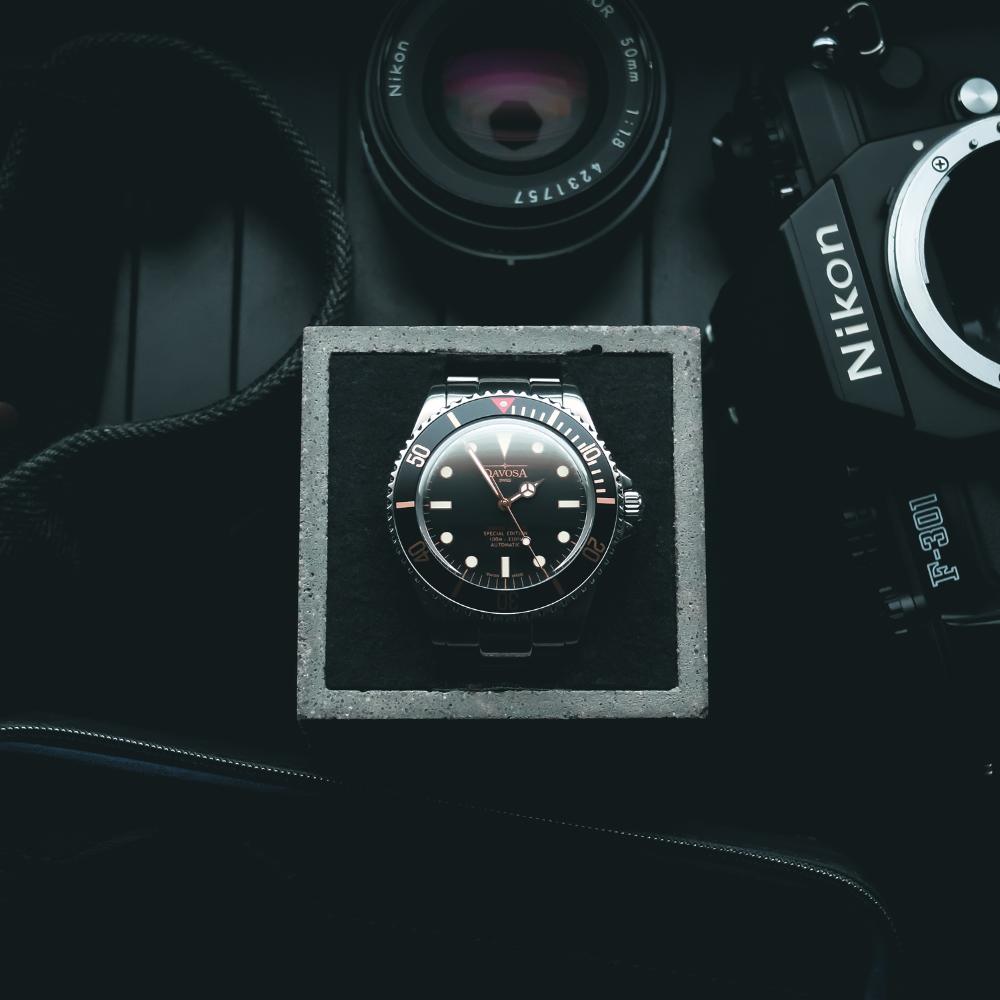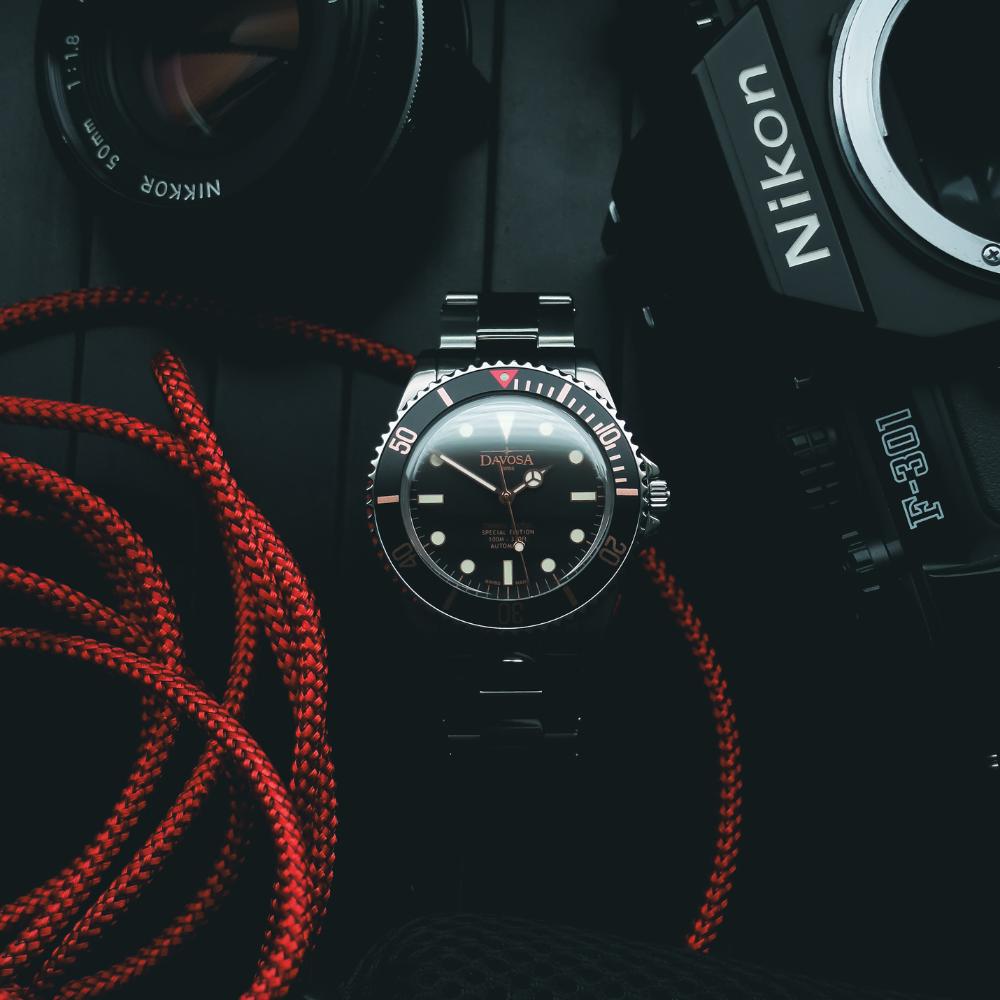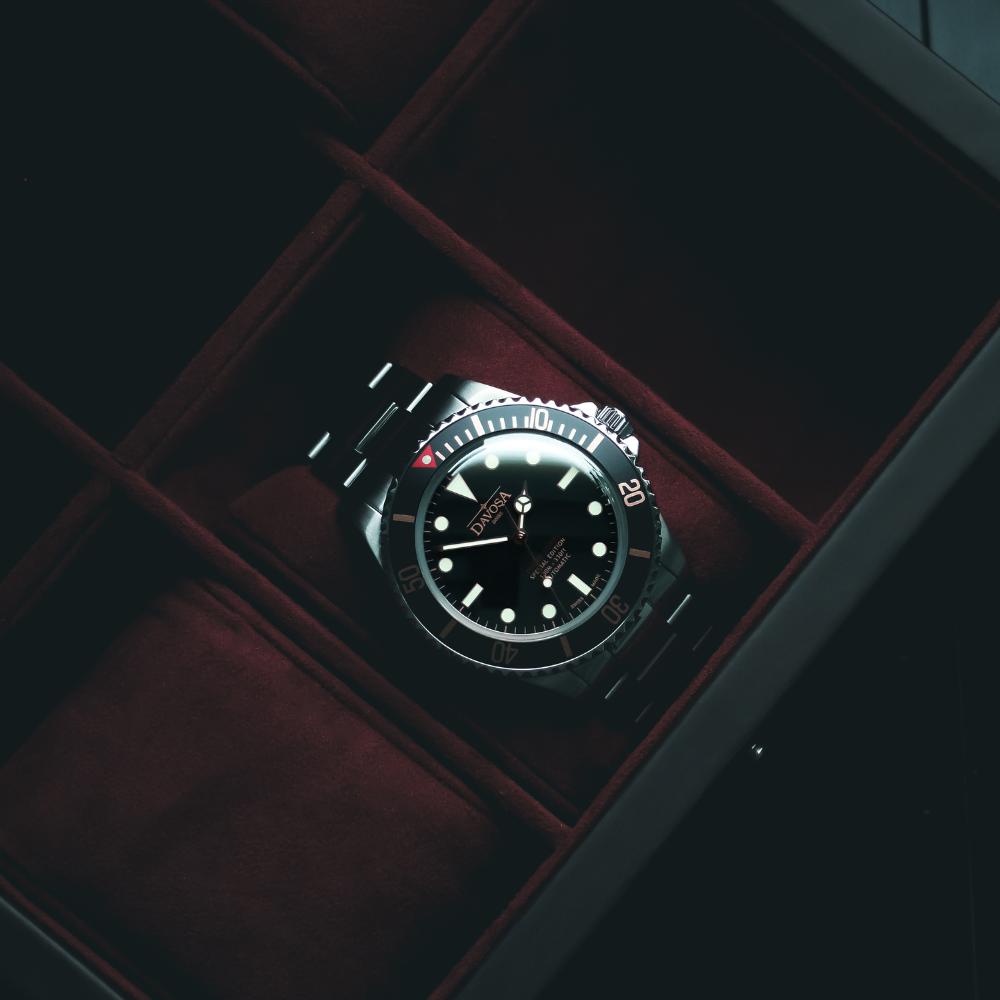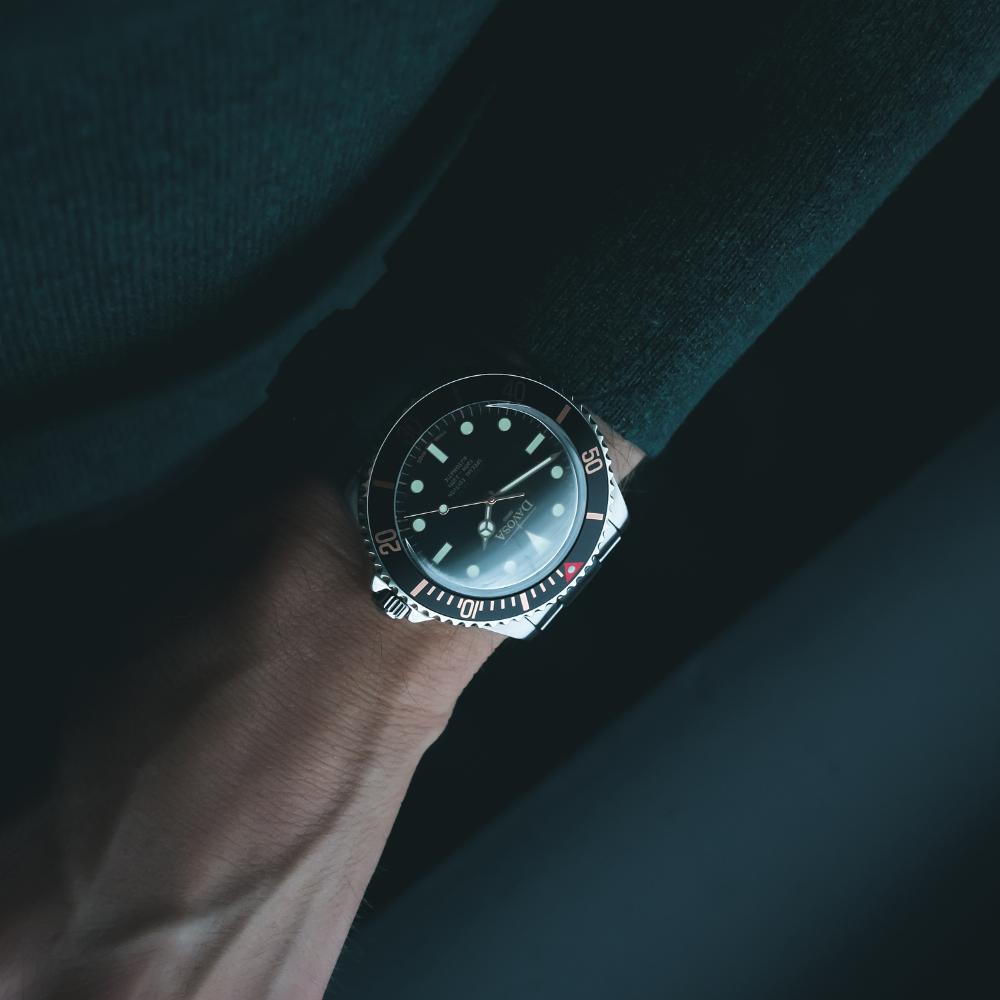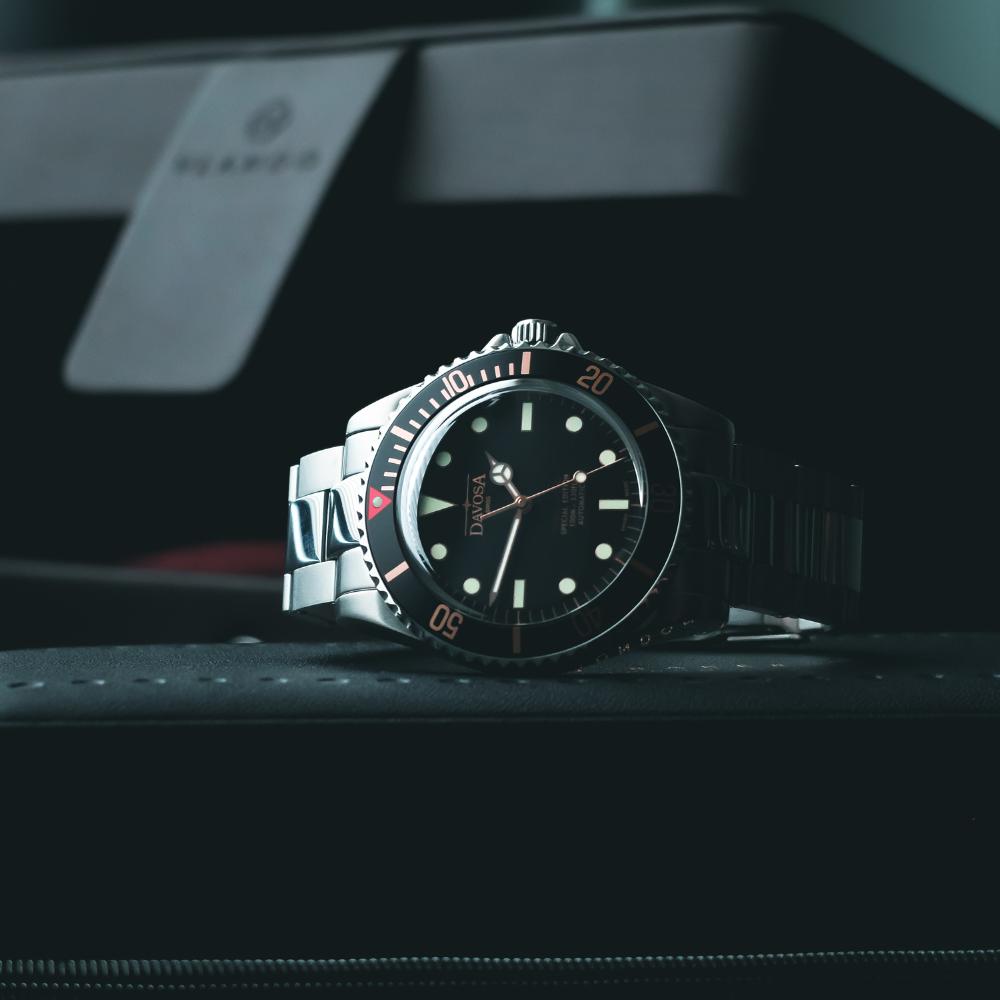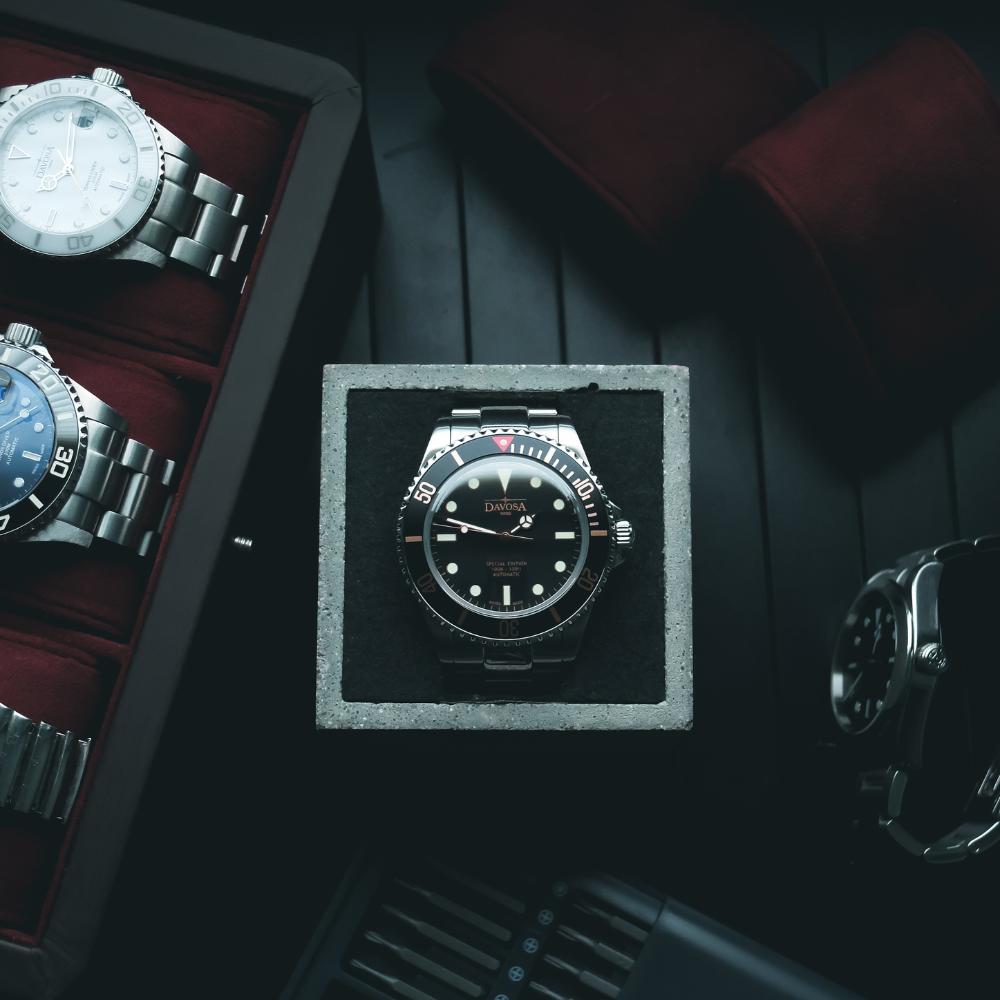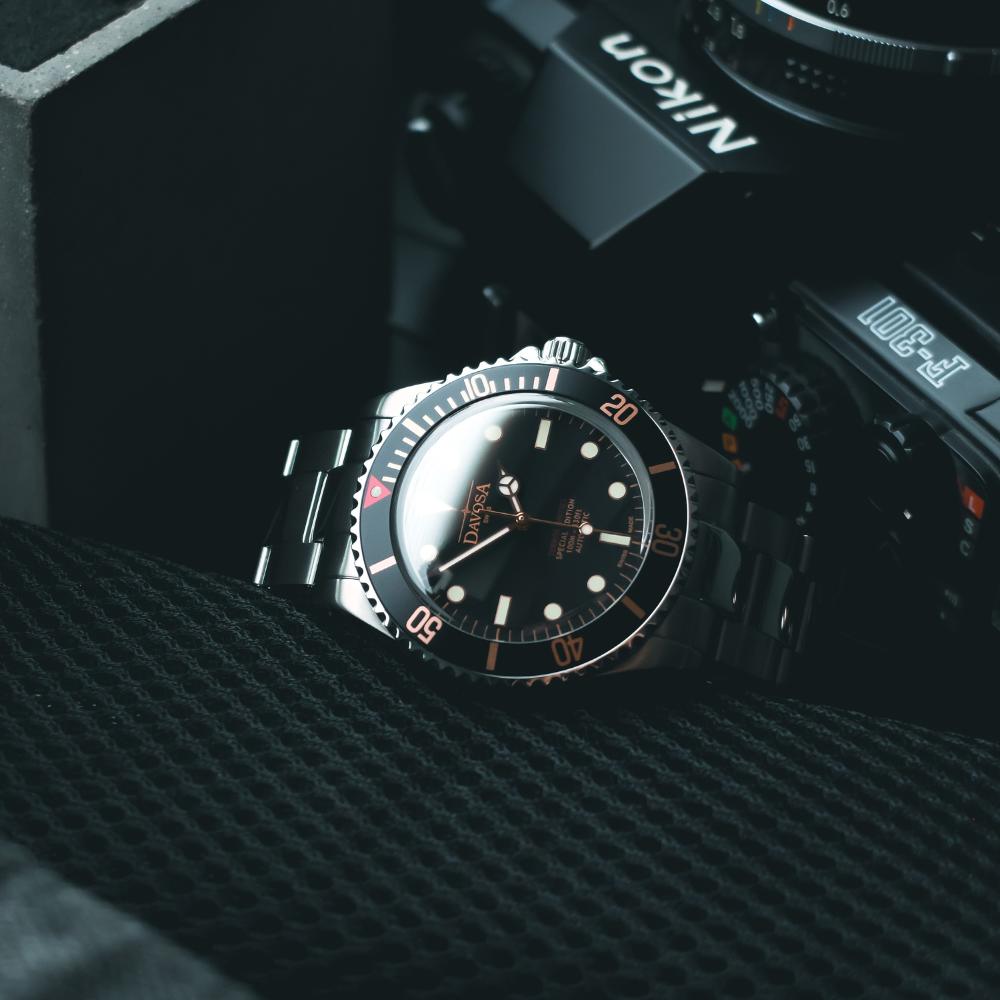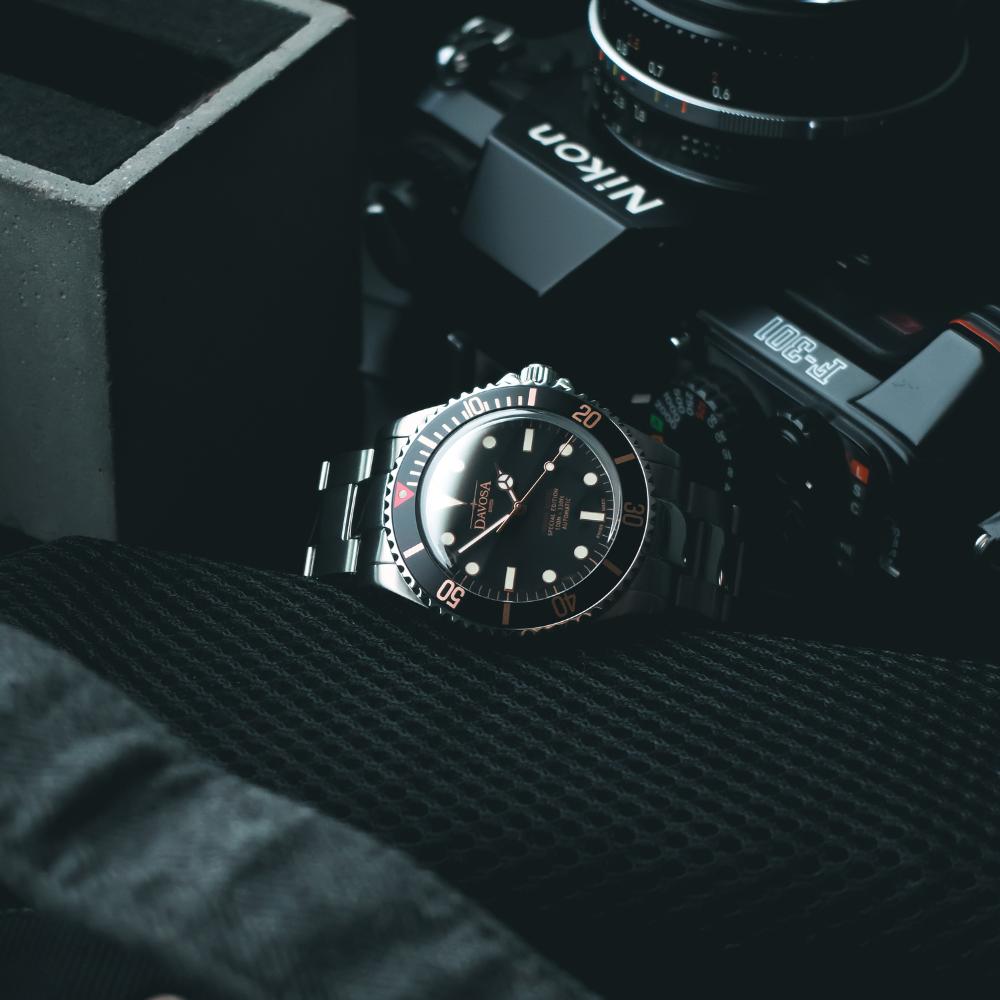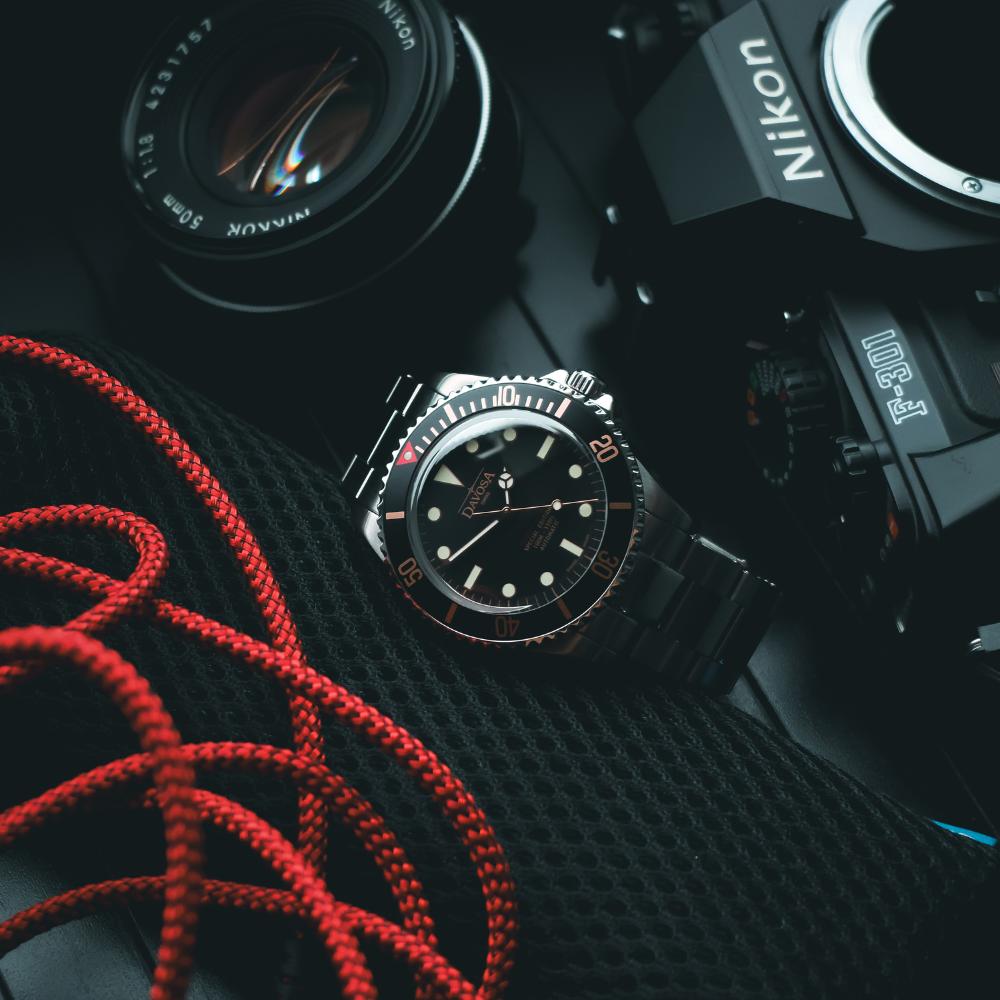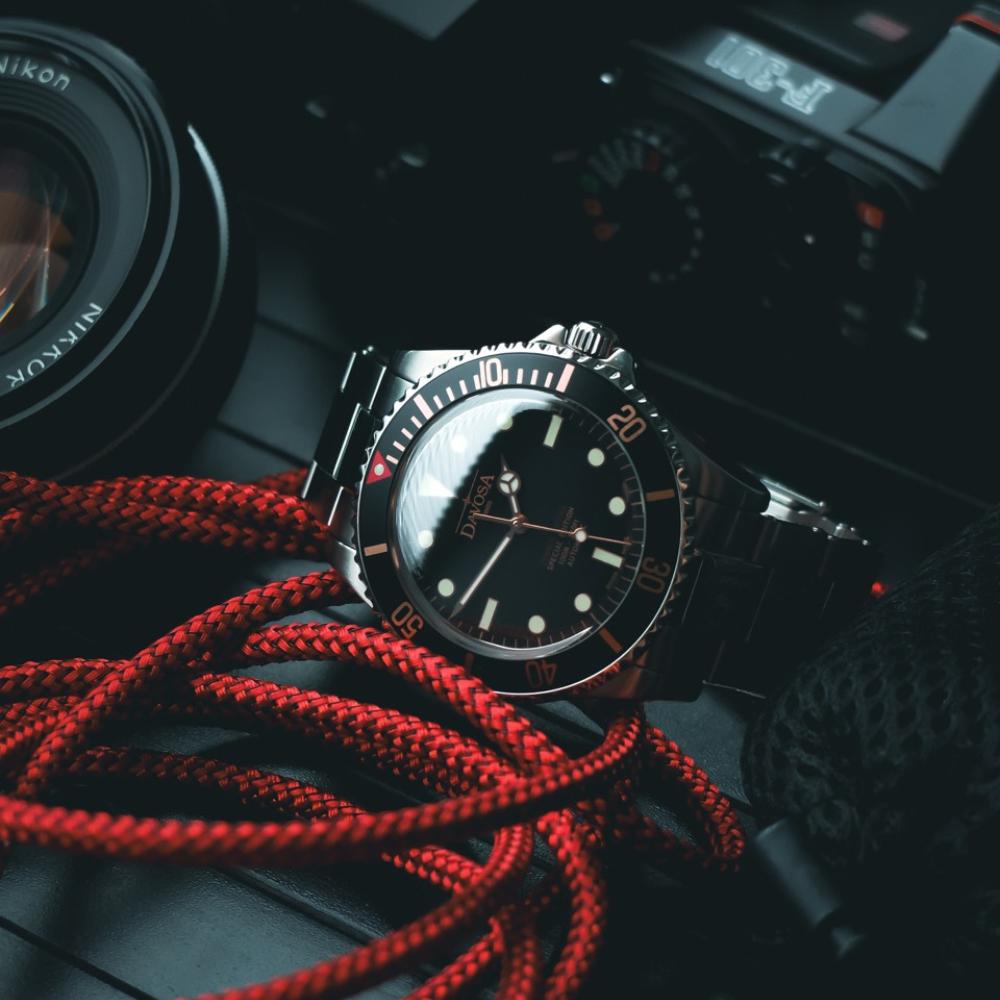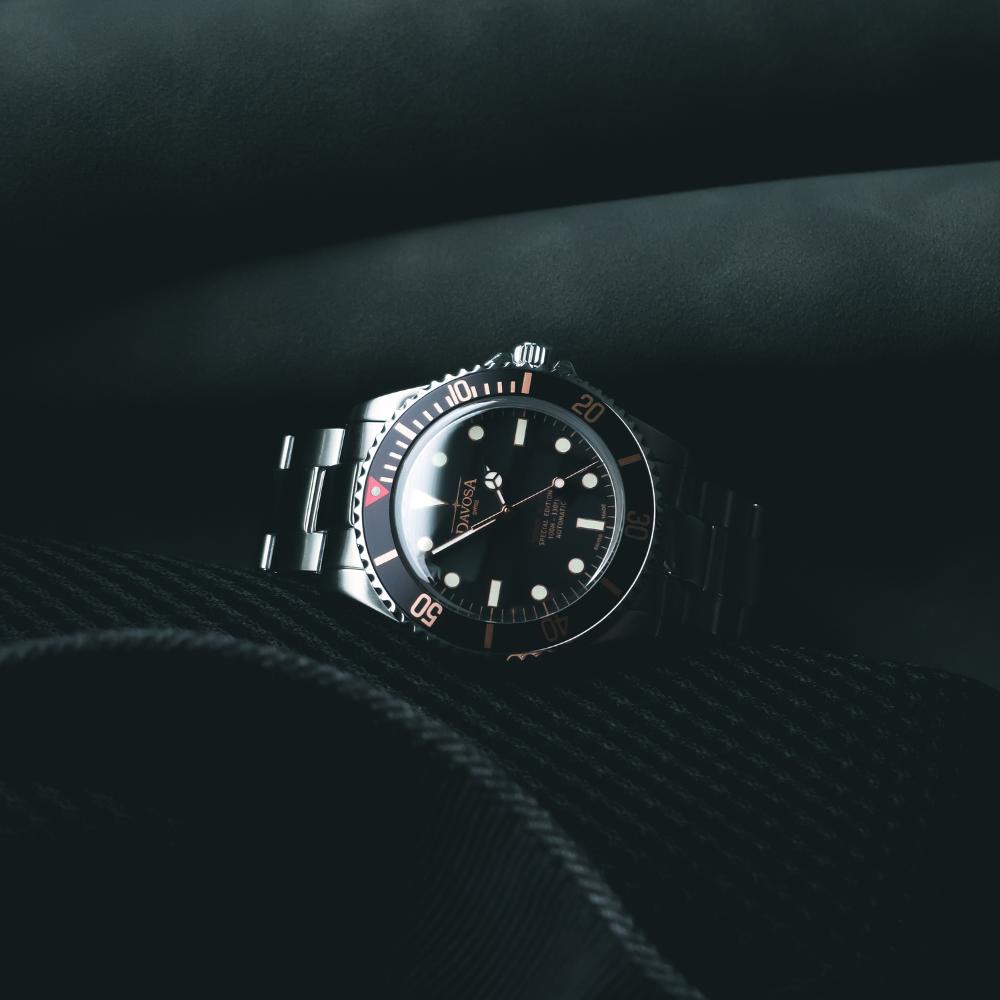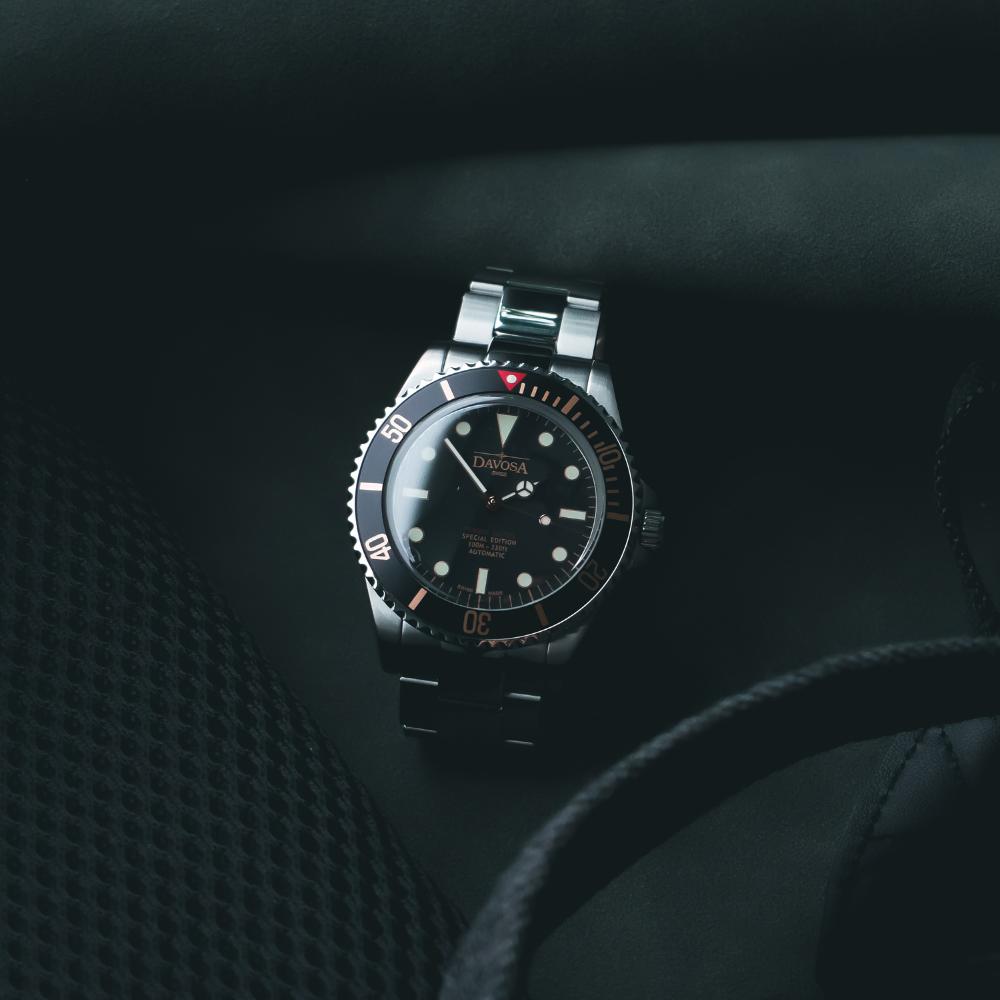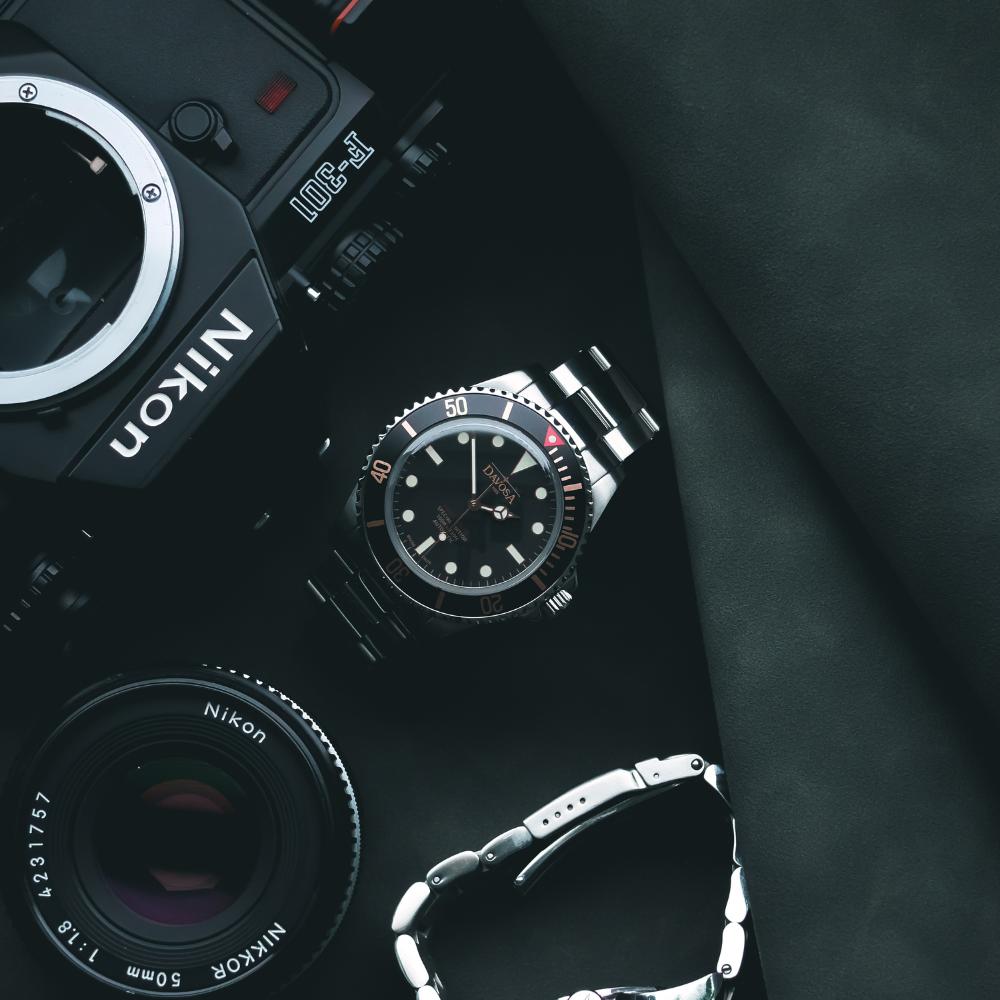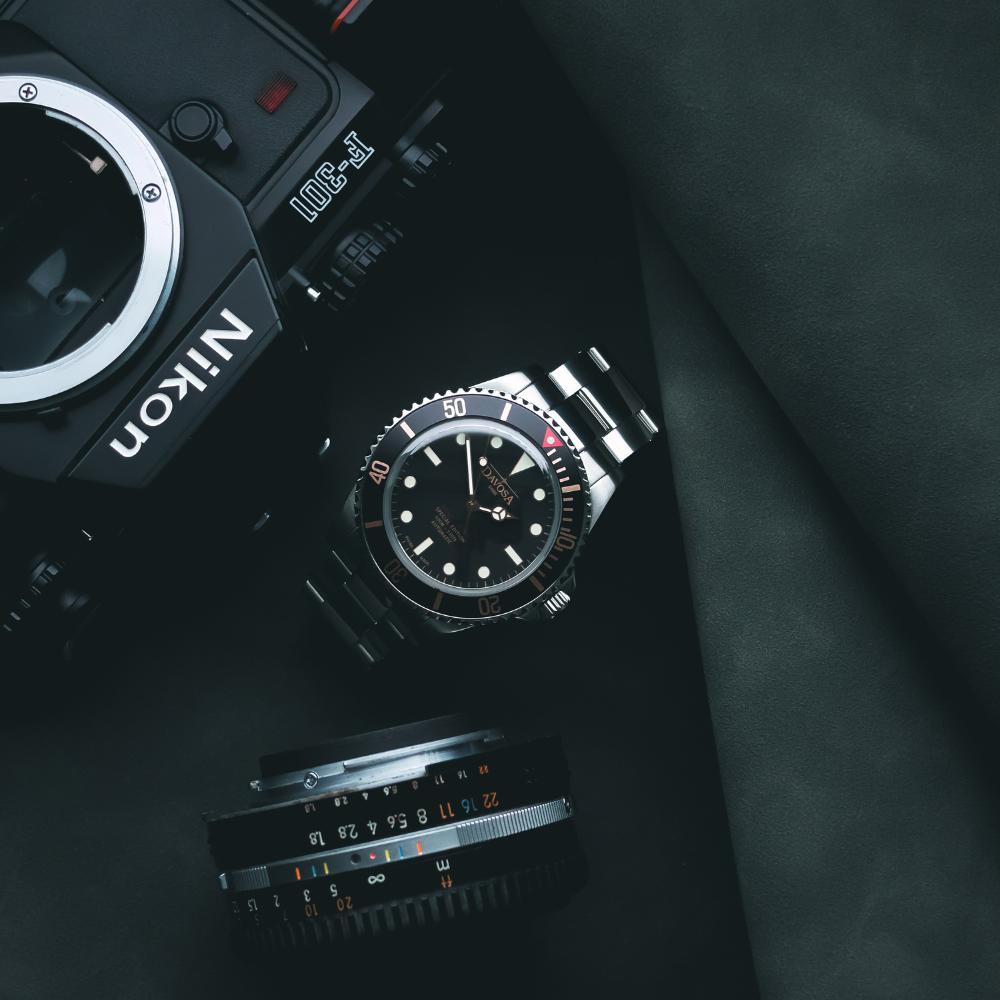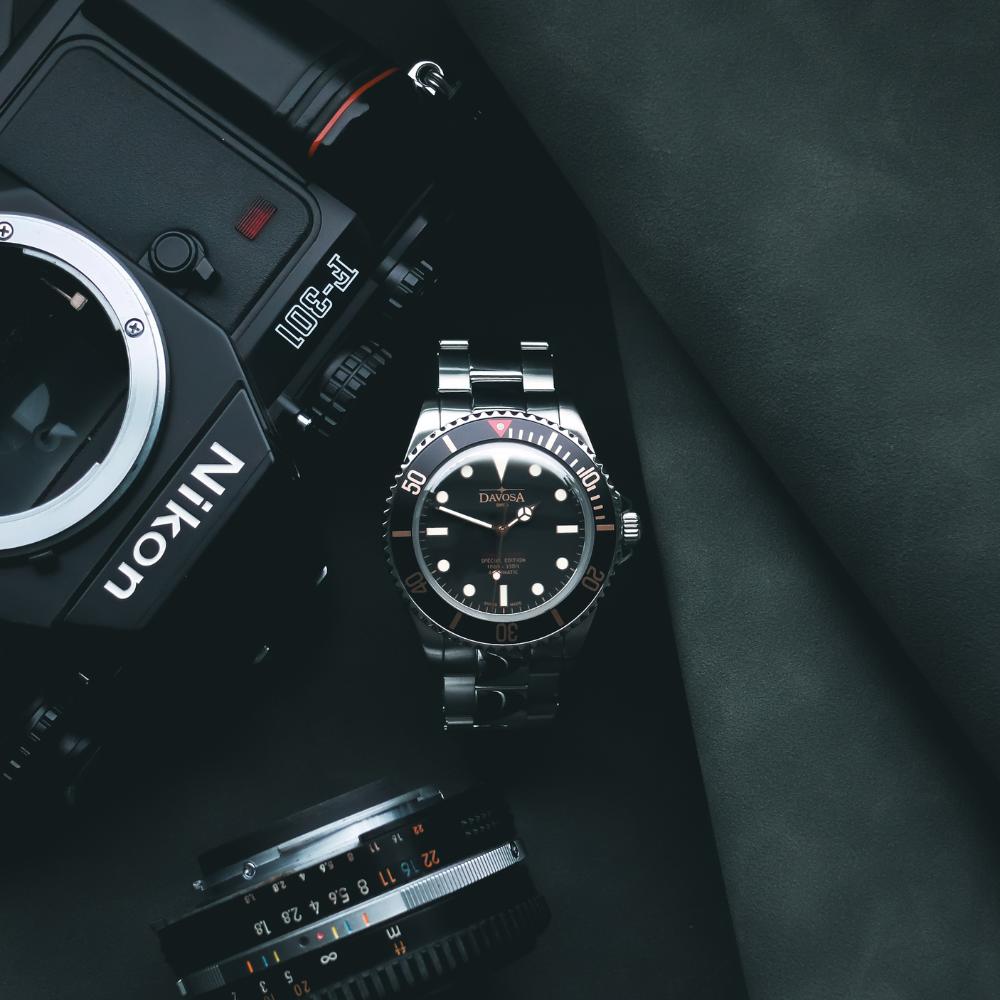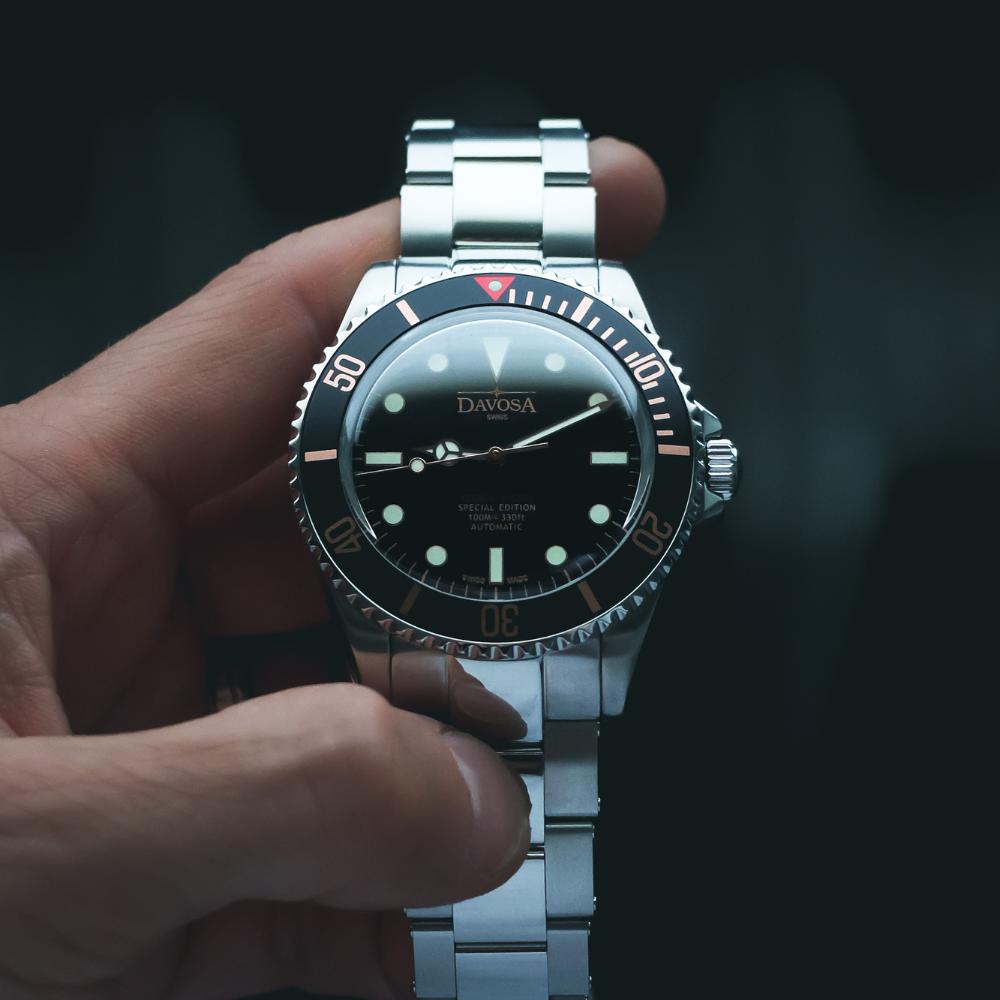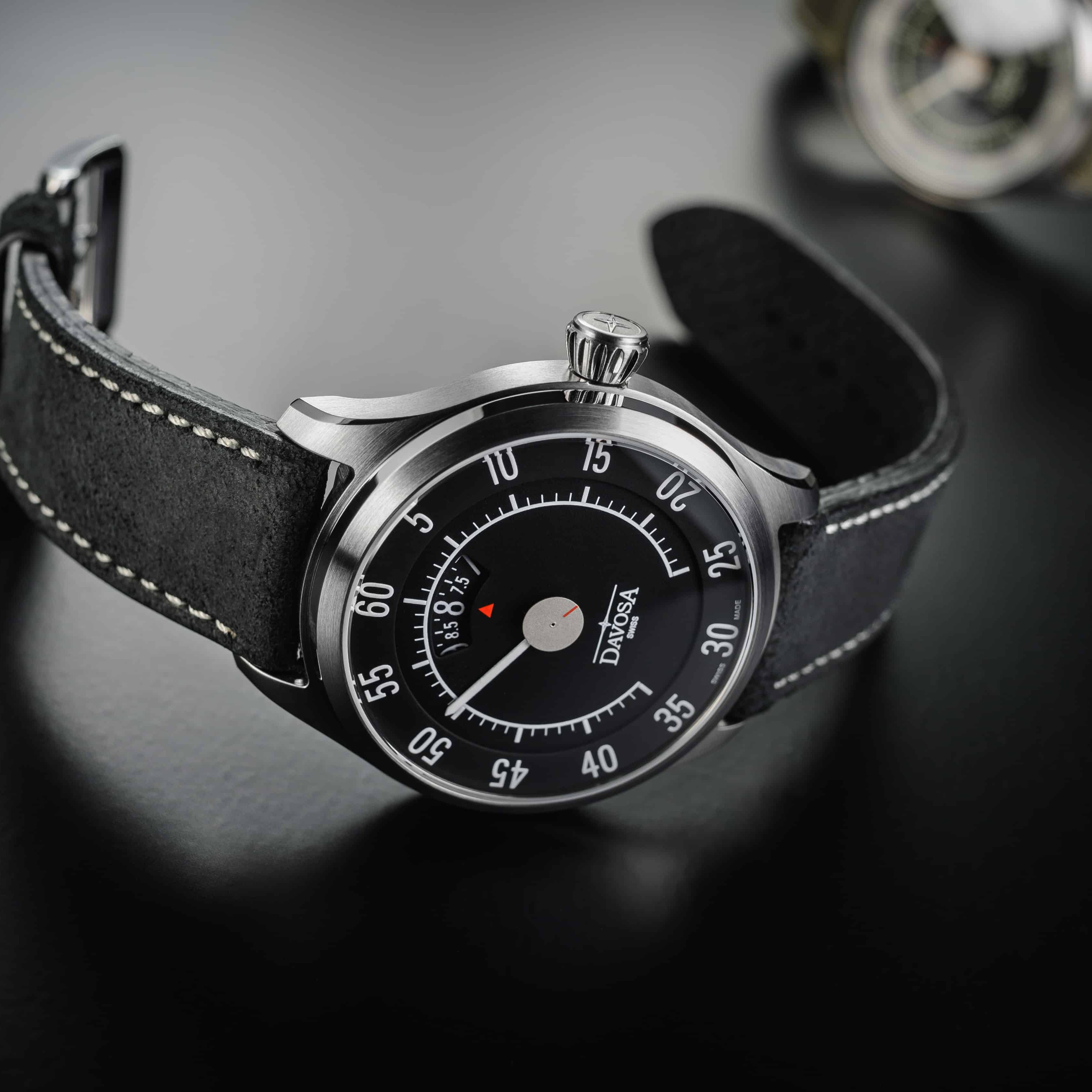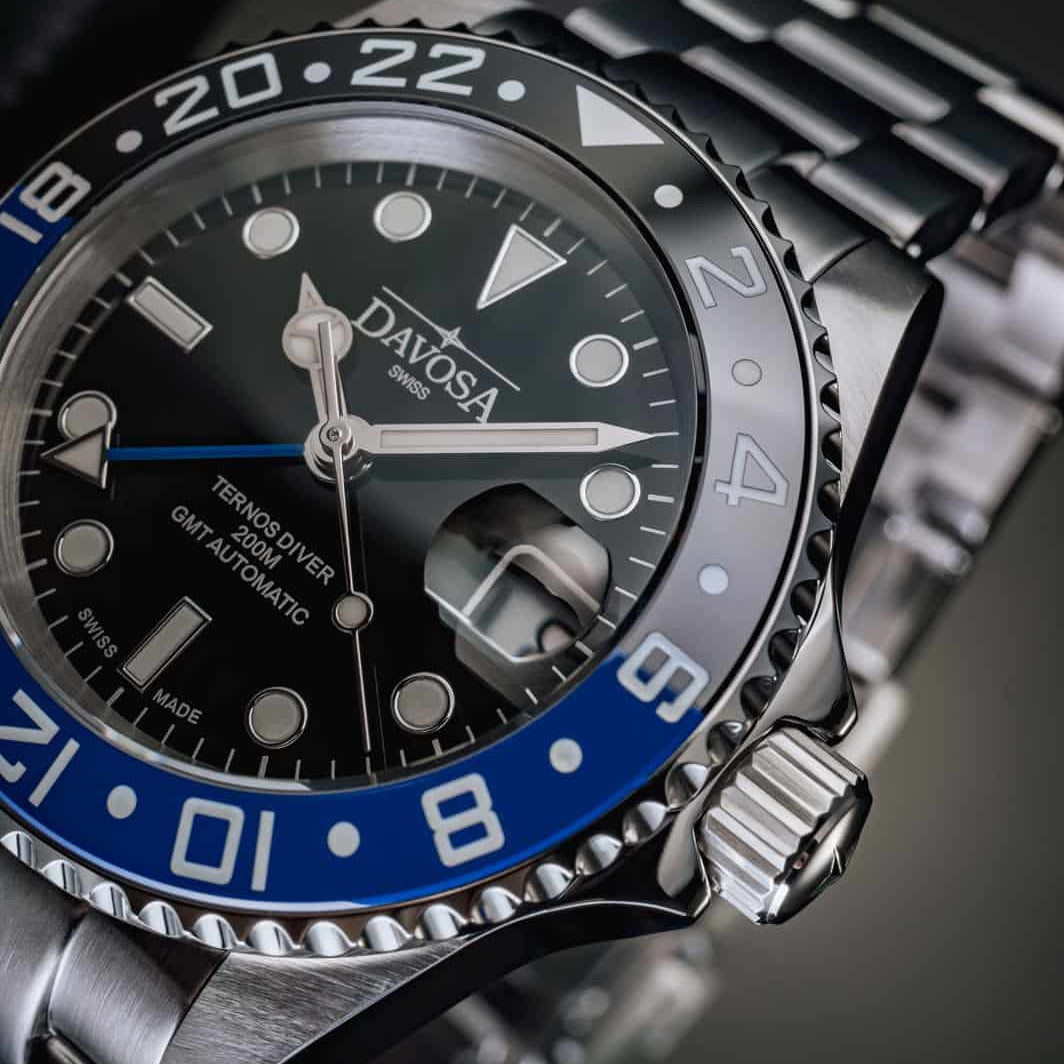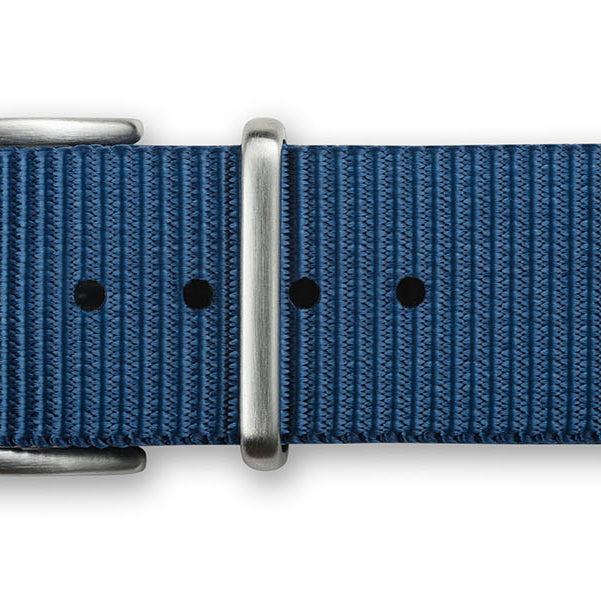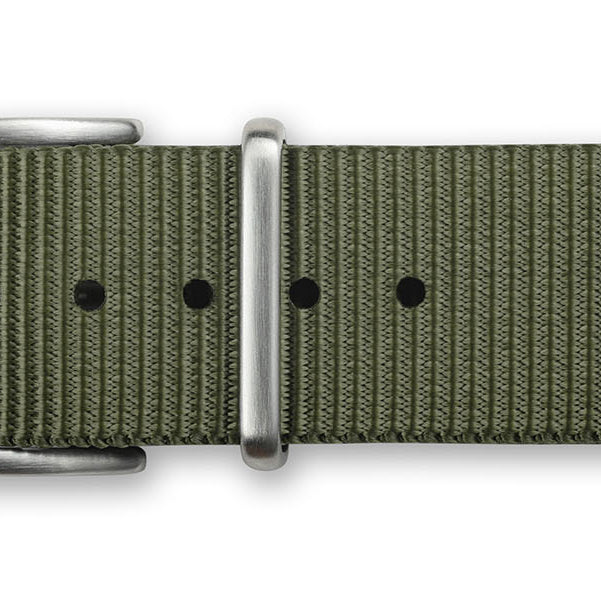It may have happened to you a few thousand times (well, maybe we're exaggerating here) - but let's pretend that you see a watch, maybe online, you like it, and you resolve yourself to pull the trigger on it.
And then when it arrives, and you finally strap it on your wrist, it doesn't fit as well as you would have thought because it's too big or too small, or just plainly awkward.
So, here's everything you need to know about watch sizes, how to choose them, and how to wear them to your satisfaction. Are you ready?
What Size Watch Should I Wear?
Let's start by stating right away that there is no right size for everyone: every body is shaped differently, meat and bones, and even the wrist differs, and a lot, from a person to another. But of one thing we are sure: that a watch is similar to a tailored suit or dress - and there must be good reasons for it to be big, small, or cut just right!
Unfortunately, Maisons still do little to explain properly what defines the measurements that they insert in technical specs. That's why we'll explain below what they really mean.
Watch case diameters
The current style of watches is round, but it wasn't always that way. At the beginning of the evolution of wristwatches, the most successful design featured a square case - which some call carré or chocolate - or the rectangular model, more or less oblong, inaugurated by Cartier with its famous Tank.
Some watches also had the so-called tonneau case, with a barrel-shaped design: two sides cut in straight lines, and two featuring a curved profile.
The diameter of the watch is calculated with a caliber, taking the broadest measure of the case but excluding the winding crown and lugs. If the case is not of regular shape, you take the two measures of width and length. Usually, this measurement is expressed in millimeters.
Remember that rectangular and square-shaped watches dress bigger than their actual size, just because, optically, they have a bigger footprint. For this reason, these models are particularly indicated for those who have small wrists and cannot afford watches of important dimensions.
Watch Case sizes
As we were saying, nowadays the most popular watch design is round: but the size of the case has varied a lot - in fact, a great deal - over the years, going from a size of around 33 mm, which characterized watches of the 1940s, to the current astronomical dimensions of some timepieces, which exceed 50 mm.
This stylistic drift towards an important size began in 1970, when Audemars Piguet and Patek Philippe presented their first luxury sports models, the Royal Oak and the Nautilus, which, precisely because of their size, around 40 mm, were immediately baptized "Jumbo." Nowadays (end 2021), the market trend presents large but not overly massive watches, approximately 41 mm in diameter.
The traditional women's watch, on the other hand, which was known to be small - and indeed, the smaller it was, the more it was appreciated - has become today negligible in demand: the modern trend is to wear unisex watches, only slightly smaller than the male version and indeed, often identical.

Watch case diameter chart
Generally speaking, vintage watches (except for a few particular references called oversize) belonged to the category of dress watches, that is, watches for formal occasions. As already mentioned, they were smaller than what we are accustomed today.
Technical watches, or tool watches, were more prominent in size, mainly because they had to be clearly visible during their use: and this was especially true for diving watches and pilot watches. Chronographs were generally smaller, a little larger than a typical dress watch.
Etiquette, however, forbade wearing technical watches on formal occasions, though this unwritten rule was subverted in 1970, with the demise of traditional style rules. As a result, to this day, everyone more or less wears what they feel like when they feel like it - and for watches, perhaps it's for the best.

Watch Band Width
Another interesting chapter is the lugs and their evolution: there would be a lot to say, but very briefly, the "modern" lugs, i.e., the fixed ones with a spring retainer for the strap, date back more or less to 1925.
Since then, most strap and lug production has standardized on a set of repetitive measurements, usually in even numbers. So we find straps of 16, 18, 20, 22 mm, and so on. Wristbands of odd sizes do exist but are comparatively uncommon.
The exception to this are integrated straps and bracelets, which became trendy from the 1970s onwards. In addition, some watch manufacturers offer straps with particular attachments to the case to discourage the adoption of generic straps.
Remember that, in case you want to switch straps, you should recover the original clasp, if any, which might have a different size from the base of the strap - usually smaller, a style detail that was common in vintage and women's watches.
Wrist size
Many people tend to look at wrist size as if this is uniform. But, in reality, all wrists are not alike, differing in size and shape. Some wrists are more rounded, and others that are flatter and wider - and this has nothing to do with the circumference of the wrist itself.
For this reason, many companies and experts calculate the best size of the watch based on the circumference: we prefer not to do so, relying instead on another more accurate system to determine the fit of a timepiece.

How to measure wrist size for watch?
The best way to accurately assess the size and fit of a watch is to calculate it during use. So, gently rest your wrist where you usually wear your watch on a stable surface, such as a tabletop, and with a caliper, measure the distance from one end of the wrist silhouette to the other.
This is the maximum size your watch will be able to cover, including lugs. So, it's a matter of measuring not the traditional diameter of the watch but the maximum distance from lug to lug.
This means that the final result depends not only on the size of the case but also on the lugs' shape, angle, and size.
How to size a watch?
This size of the watch, calculated from one end of the lugs to the other, should be as close as possible to the width of the wrist and never exceed it. Of course, you can - and should - make an allowance for smaller, possibly vintage watches - but not for watches larger than that, which will instead look awkward on your wrist.
People looking at you might wonder why you need to show off that you have such a large watch and ask questions about your eyesight or self-esteem. So, it's best to avoid raising such questions.
The same goes for the strap or bracelet. It should be tight enough, but not too tight. Common usage says that the best grip is achieved when you can fit a finger between the strap and wrist, but no more.
Spend a little time adjusting the strap or bracelet to fit: too loose a grip on the wrist could cause the watch to slam against any hard object, risking scratching the case or the glass and damaging it.

Watch thickness
As always, you should not take these indications as gold: every good rule has its exceptions, and this is also true for the optimal sizing of watches, which, as we said, is historically affected by the evolution of fashion and customs.
Moreover, you should remember that traditionally the thickness of the watch was also of great importance. At the beginning of the century, the fight was over who could produce either the smallest watch or the thinnest watch, and both of these records (which were held for a long time by Jaeger LeCoultre) were partially forgotten around the 1970s.
The importance of thinness has only recently been rediscovered, with exceptional results achieved by companies such as Piaget and Bulgari.
As for this, it is necessary to consider the primary use of the timepiece: if it is a watch more dedicated to business or formal occasions, it will be better to have a thickness of less than 10 mm to fit under the cuff of the shirt easily.
On the other hand, in a watch used for sports, the only limit is the horizon: some diver watches tower at 20 mm and more. Be careful, though: the thicker the watch, the more it tends to bump into things.
Also, remember that the kind of watch movement mounted inside the watch has an influence: an automatic watch is usually a bit thicker than a handwound mechanical watch or a quartz watch because of the presence of the rotor, which usually adds a couple millimeters to its height.
How big should my watch be?
Etiquette - this mysterious branch of human relations that tells us how we should behave in public - says that the watch should have the correct size for the wrist housing it, so not too big and not too small - but it doesn't specify how big or how small. In general, the watch should fit your overall style, like any other detail of your appearance. This means that it is an important element, but should not be too ostentatious or too lavish, unless you are some sort of a celebrity (hey, remember to tag us on your Instagram then!).
We can safely assert that what your watch says about your personality is truer than it sounds. You can understand a lot about people from their overall style of clothes and accessories, including bags, ties, shoes and watches.
True elegance is made of understatement: but since the image, in the end, is yours, remember that the rules of etiquette provide for some minor transgressions. And so, you have a degree of latitude about the size of your watch or its type.
After all, you would be in good company: Prince William of England never parts with his Omega Seamaster Professional quartz steel watch with bracelet, a gift from his mother, Lady Diana.
In summary
Although it is always best to try on the watch you want to buy in person, sometimes this is impossible. And in order to avoid the risk of making a fruitless purchase, these few simple rules can perhaps make all the difference.
If we could sum it all up in one sentence, it would be that more is in the less, especially in the elegance of our clothes and accessories and in the way we relate to others.
One last quick trick to properly size the watch to your wrist? Find a 1:1 (that is, with its actual dimensions) photo of the watch when presented upright in the so-called "soldier style," and print it out on a high-res color printer. Then, carefully trim the watch out with a pair of scissors and strap it around your wrist.
If it "works" optically, then most probably it will look good for real as well.
The Davosa-USA.com website is NOT affiliated in any way with Audemars Piguet, Franck Muller USA, Inc. Richard Mille or Richemont Companies, Seiko, or any other brand which is not Davosa Swiss. Rolex is a registered trademark of Rolex USA. Davosa-USA website is not an authorized dealer, reseller, or distributor for Rolex and is in NO WAY affiliated with Rolex SA or Rolex USA or any other brand besides Davosa Swiss. |
